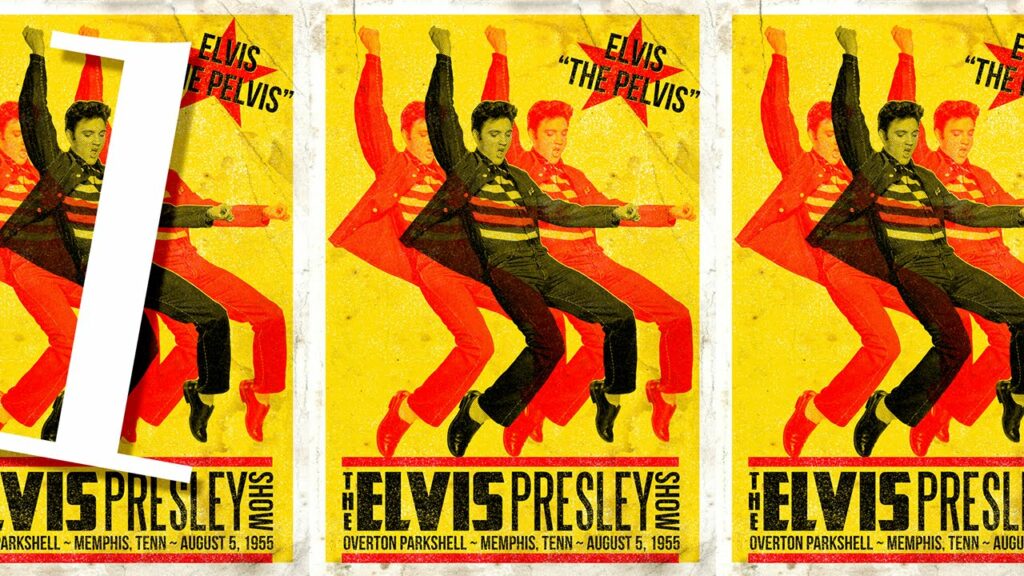Mastering the Art of Nostalgia: A Comprehensive Guide to Creating a Vintage Style Poster in Photoshop

Introduction:
In the realm of graphic design, the allure of vintage aesthetics remains timeless. Creating a vintage-style poster is an art form that combines nostalgia with modern design techniques. This extensive article serves as a step-by-step guide to help you master the craft of crafting a vintage-style poster using the powerful tools of Adobe Photoshop. From selecting the right imagery to applying authentic textures and typography, this guide will walk you through the intricate process of capturing the essence of a bygone era.
Chapter 1: Defining the Vintage Aesthetic
1.1 Understanding Vintage Design Elements:
- Explore the key design elements that define vintage aesthetics, including muted color palettes, distressed textures, and classic typography. Discuss how these elements contribute to the overall nostalgic feel of vintage-style posters.
1.2 Choosing a Theme for Your Vintage Poster:
- Discuss the importance of selecting a theme that resonates with the vintage era you aim to capture. Whether it’s retro travel, music, or film, a well-defined theme sets the tone for your design.
Chapter 2: Gathering Inspirational Resources
2.1 Researching Vintage Poster Styles:
- Encourage thorough research into vintage posters from different eras, such as Art Deco, Art Nouveau, or mid-century designs. Analyze the color schemes, typography, and imagery that define each style.
2.2 Creating a Mood Board:
- Guide readers through the process of assembling a mood board with curated images, colors, and fonts that align with their chosen vintage theme. Discuss how a mood board serves as a visual reference throughout the design process.
Chapter 3: Setting Up Your Photoshop Workspace
3.1 Creating a New Document:
- Provide step-by-step instructions on setting up a new Photoshop document, considering factors like size, resolution, and color mode. Discuss the importance of choosing dimensions suitable for the intended use of the vintage poster.
3.2 Organizing Layers and Groups:
- Emphasize the significance of maintaining a well-organized workspace by using layers and groups. Discuss how proper organization streamlines the design process and facilitates easy adjustments.
Chapter 4: Choosing and Adjusting Imagery
4.1 Selecting Vintage Imagery:
- Explore methods for sourcing or creating vintage-style imagery that aligns with the chosen theme. Discuss the use of high-quality, copyright-free images or the application of filters and adjustments to achieve a vintage look.
4.2 Applying Color Grading Techniques:
- Guide readers through the process of applying color grading techniques to give the images a vintage tint. Discuss the use of adjustment layers, such as Photo Filters and Color Balance, to achieve the desired color palette.
Chapter 5: Mastering Vintage Typography
5.1 Choosing Appropriate Fonts:
- Discuss the importance of selecting fonts that evoke the era of the vintage poster. Explore popular vintage fonts like serif and script styles, emphasizing legibility and authenticity.
5.2 Applying Textures and Distressing:
- Introduce techniques for adding texture and distressing to typography, enhancing the vintage feel. Discuss the use of overlays, brushes, and blending modes to achieve a worn, weathered look.
Chapter 6: Crafting Authentic Layouts
6.1 Grids and Composition:
- Explore the use of grids and compositional techniques to create visually pleasing layouts. Discuss the golden ratio and rule of thirds as guides for placing elements on the poster.
6.2 Balancing Elements:
- Provide insights into balancing visual elements, such as images, text, and decorative elements, to achieve harmony in the overall design. Discuss the importance of focal points and hierarchy in vintage poster layouts.
Chapter 7: Applying Filters and Effects
7.1 Adding Vintage Textures:
- Guide readers through the process of applying vintage textures to the entire poster or specific elements. Discuss the use of overlays, scanned textures, or filters to achieve an aged, paper-like appearance.
7.2 Simulating Print Effects:
- Explore techniques for simulating print effects, such as halftones and ink bleeds, to enhance the authenticity of the vintage poster. Discuss the use of brushes, filters, and layer styles to replicate traditional printing processes.
Chapter 8: Finalizing and Exporting Your Vintage Poster
8.1 Reviewing and Refining:
- Emphasize the importance of reviewing the overall design, checking for consistency, and making any necessary refinements. Discuss the value of stepping back and assessing the poster with fresh eyes.
8.2 Exporting for Print and Digital:
- Provide guidance on exporting the final vintage poster for various purposes, including print and digital use. Discuss considerations such as resolution, file formats, and color profiles to ensure the best quality output.
Chapter 9: Showcasing Your Vintage Masterpiece
9.1 Creating Presentation Mockups:
- Discuss the importance of presenting the vintage poster in context by creating realistic mockups. Guide readers through the process of using templates or creating their own to showcase the poster in frames, on walls, or as part of a vintage setting.
9.2 Sharing and Receiving Feedback:
- Encourage readers to share their vintage posters with peers, mentors, or online communities to gather constructive feedback. Discuss the value of feedback in refining design skills and achieving continuous improvement.
Conclusion: A Journey Through Timeless Design
In conclusion, creating a vintage-style poster in Photoshop is a journey that combines artistic vision with technical skills. This comprehensive guide has walked you through the intricate steps, from defining the vintage aesthetic to crafting authentic layouts and applying finishing touches. May this guide inspire you to embark on your own journey through timeless design, capturing the essence of bygone eras in your vintage masterpieces.




